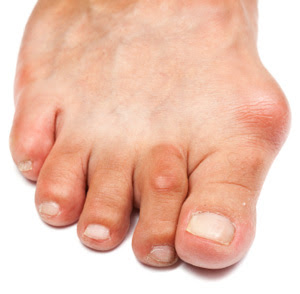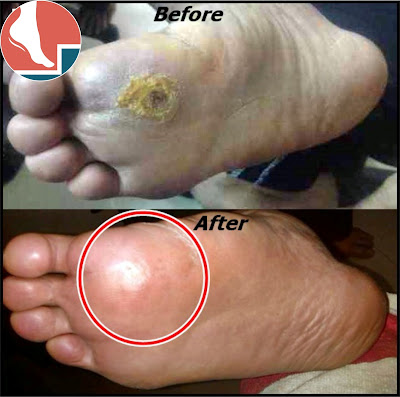When to See an Ingrown Toenail Doctor: Causes & Treatment
Ingrown toenails are not merely uncomfortable but can be excruciatingly painful. This condition arises when the toenail curls into the adjacent skin, leading to irritation, redness, swelling, and potential infection if neglected. People usually opt for surgical toenail removal. But even after surgery a new nail may grow a similar pattern. Recurrence happens because no one addresses the root cause of the issue. In this blog, we’ll explore the causes of ingrown toenails and discuss when it’s time to see an ingrown toenail doctor, especially a Podiatrist for treatment.
Causes of Ingrown Toenails
Understanding the root causes of ingrown toenails can help you take preventive steps and avoid unnecessary pain.
Faulty Foot Alignment
Foot alignment issues like flat feet, a weak transverse arch, or a high arch can cause uneven distribution of pressure on the forefoot, especially on the great toe. This added pressure can contribute to the development of ingrown toenails over time.Improper Footwear
Wearing shoes that don’t fit properly is a common cause of ingrown toenails. Shoes that are too tight, too short, or narrow at the front can force your toenail to grow into the skin. Always consider the length and width of your foot when selecting footwear to avoid unnecessary pressure on your toes.Skin and Nail Conditions
Some individuals have a natural tendency to develop recurring skin infections, which over time can affect nail growth. These infections can lead to abnormal development, increasing the likelihood of ingrown toenails.Trauma
Injuries such as dropping a heavy object on your toe or engaging in activities like running and kicking can cause trauma to the toenail, leading to ingrown toenails. Repeated trauma is especially common among athletes and individuals who are constantly on their feet.Inappropriate Trimming
Cutting toenails too short or curving the edges is another leading cause of ingrown toenails. When nails are trimmed improperly, they can grow into the surrounding skin, causing discomfort and potential infection.Naturally Curved or Thick Toenails: Some people have toenails that are naturally curved or thicker, making them more prone to becoming ingrown.
Treatment Options for Ingrown Toenails
While some mild cases of ingrown toenails can be treated at home, more severe cases require professional intervention from an ingrown toenail doctor. Among the above mentioned reasons trauma, skin & nail condition should visit ingrown toenail doctor immediately, should not consider managing at home.
Infection Control
If an infection is present, the first priority is to bring it under control. A doctor may prescribe antibiotics.Proper Footwear
Switching to properly fitting shoes can be a long-term solution for preventing ingrown toenails. In the active phase it’s better to avoid any close shoes. In some cases, a doctor may recommend orthotics to reduce pressure on the toes and prevent the condition from recurring.Correct Nail Trimming
Timely and proper nail care is essential. Toenails should be cut straight across, not curved at the edges, to prevent them from growing into the skin. A podiatrist can show you the best technique to avoid future problems.
When to See an Ingrown Toenail Doctor
If you’ve tried home remedies but the pain persists or the area becomes infected, it’s time to see an ingrown toenail doctor. Signs that you need professional help include:
Severe pain that doesn’t improve
Redness or swelling that spreads
Pus or signs of infection
Recurring ingrown toenails
A doctor may lift the nail, partially remove it, or even remove the entire nail in severe cases to provide relief and prevent future ingrown toenails.
Success Stories
Many people who have struggled with ingrown toenails have found lasting relief through a combination of professional care and lifestyle changes. Proper footwear, regular visits to a podiatrist, and correct nail trimming can make a world of difference. Medical professionals often collaborate to ensure that the underlying causes are treated, and patients experience long-term relief.
Conclusion
Tackling ingrown toenails requires a holistic approach that focuses on prevention and timely treatment. Wearing properly fitting shoes, trimming your toenails correctly, and seeking advice from an ingrown toenail doctor i.e. Podiatrists are all essential steps in managing and preventing this painful condition. If you’re experiencing recurring issues, don’t hesitate to consult a professional to get the care your feet deserve.



